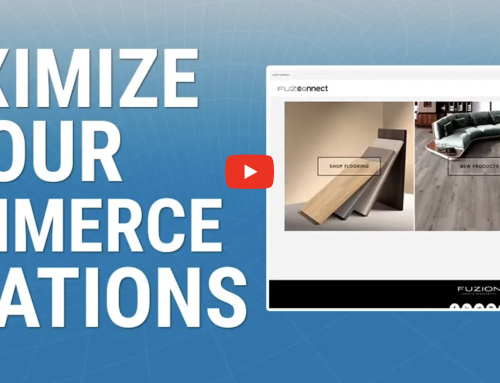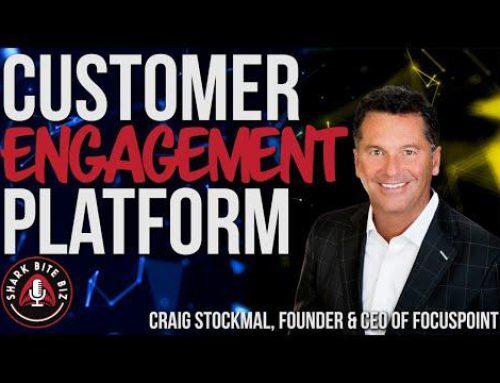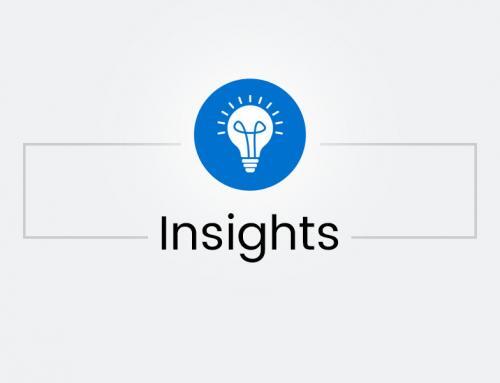Over the past several years, the pandemic has shown sellers that more than ever, B2B buyers are expecting a more B2C-type of purchasing experience. Important features of that type of experience include the ability to make purchases online, compare products and pricing, and access to customer support if needed. Traditional B2B marketing efforts have included product catalogs and face-to-face interactions with sales team members, but marketers should be aware of several new trends that leverage digital marketing initiatives such as social media channels and content marketing.
Per Gartner research available to paid customers, 72% of the marketing budget is now going to purely digital channels, including owned, paid, and earned digital. Another notable change in budgets was a drop in the amount dedicated to marketing initiatives during the pandemic. Marketing teams are now becoming more optimistic about their spend budgets and are continuing to search for cost-efficient ways to market their products or services.
As B2B digital sales offerings increase, marketers can leverage the power of digital channels in several ways:
- By increasing reach to larger audiences wanting to make a purchase online
- Gain attention and engagement by featuring content such as rich media, videos, and landing pages that match their customers’ buying habits
- Once a digital marketing campaign initiative has been created, it’s easy to scale and can support lead generation
While the pandemic has changed customer expectations and behaviors, marketers can prioritize customer experience as a top priority for B2B success. Effective strategies include understanding their customers better than competitors, creating unique experiences, and building a customer-focused culture.
Prioritizing your customer’s journey can help to improve B2B marketing such as:
- Building a loyal customer base through positive engagements/experiences and impeccable customer service is a great way to streamline marketing efforts
- Knowing pain points your customers are facing can help you to better describe and present the products/services offered that alleviate their challenges
- The opportunity to continue selling to repeat customers who are happy with their purchasing experience—more business from existing customers can lower overall marketing costs for you
There are four major themes driving marketing strategies in 2022, such as a holistic customer view via journey mapping, marketing’s shifting role to be more strategic to an enterprise, strategic brand management, and change management practices to increase stability and prepare for unexpected market changes.
Content creation is another trend to watch and leverage when possible. When thinking about the various types of content to produce and the platforms to share it on, Gartner highlights that “Using different content formats, such as blogs/articles, infographics, images, videos, case studies, eBooks and email newsletters, will help B2B marketers attract more leads and customers in 2022.” Benefits of using different content formats can include boosting brand awareness, making it easier for customers to connect with you on social media, increasing traffic to marketing-specific content, and improved website analytics among others. Measures of success and marketing performance are also shifting from traditional outputs (such as ROI) to things like customer retention and marketing attribution.
B2B companies will want to keep these trends top of mind when building a strategy to stay ahead of their competitors.
To read the complete article, visit the Gartner website.
Brought to you by the B2B and B2C e-commerce implementation team at FocusPoint: an all-in-one solution for SAP Business One customers.







